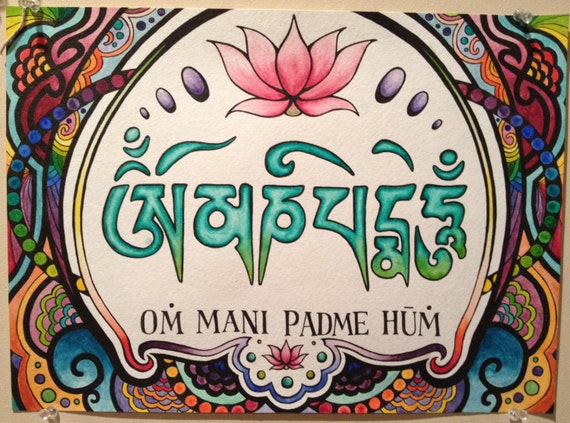“Pain depends on how much danger your brain THINKS you are in, not how much danger you are really in.” – Dr. Lorimer Moseley
After several years of chronic upper back pain, my doctors had done all they could for me, and sent me to Carolyn McManus, a specialist in managing pain with mindfulness. I learned some things from her I wish I’d known thirty years ago.
Once an injury has healed, if you continue to feel pain in the area for months or years, this is happening because of the messages your brain is sending to the area. A feedback loop is created when you think things like, “There’s that pain again, will it ever go away? Maybe I will be like this for the rest of my life! I wonder why my doctors can’t find anything wrong? I better take another Tylenol…” By thinking these sorts of thoughts, you are effectively making things worse. The new hypothesis of chronic pain indicates that emotional memories modulate our experience of pain, and the result is “a brain that has learned to filter emotions, actions, and reward through the lens of pain, rendering the brain addicted to pain.” (From this research paper)
Professor Lorimer Moseley has a fascinating YouTube talk called “Getting a grip on pain and the brain.” He explains how a person can continue to feel pain in a body part, even when they no longer have that body part. Damage to a body part doesn’t have to be painful. Conversely, you could be in a lot of pain without any tissue damage. He tells a story that may feel vaguely familiar once you realize once he’s getting at: pain accompanied by fear and worry is significantly worse than pain accompanied by a relaxed acceptance.
It’s important to understand that this theory does not mean “pain is all in your head.” The pain is real. But if I’m honest with myself, I know that thinking negative thoughts about it isn’t doing me any favors. By continually focusing on the area and how it feels, I’m not only tensing up the muscles inadvertently, but I’m also burning neural pathways that make it easier for me to go down this same negative thought spiral again and again.
The solution, then, is mindfully being aware of the “sensation” you’ve labelled as pain, and noticing that it comes and goes, just like a cloud in the sky. “You are not your pain” to quote a book of the same name. There are other suggestions as well, which you can find either in the book and other links I just mentioned.
This focus on mindfulness and meditation resonates with my practice of Buddhist meditation to some degree. In fact, it could be argued that Buddhists who have reached a high level of attainment have managed to eliminate pain and suffering…after all, isn’t that what Shakyamuni Buddha was said to have done for his own mindstream? Look at this real life example from the life and death of His Holiness the 16th Karmapa, as described by his Doctor (minute 27:50 of this documentary).




